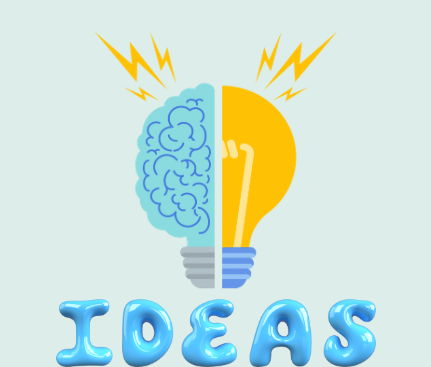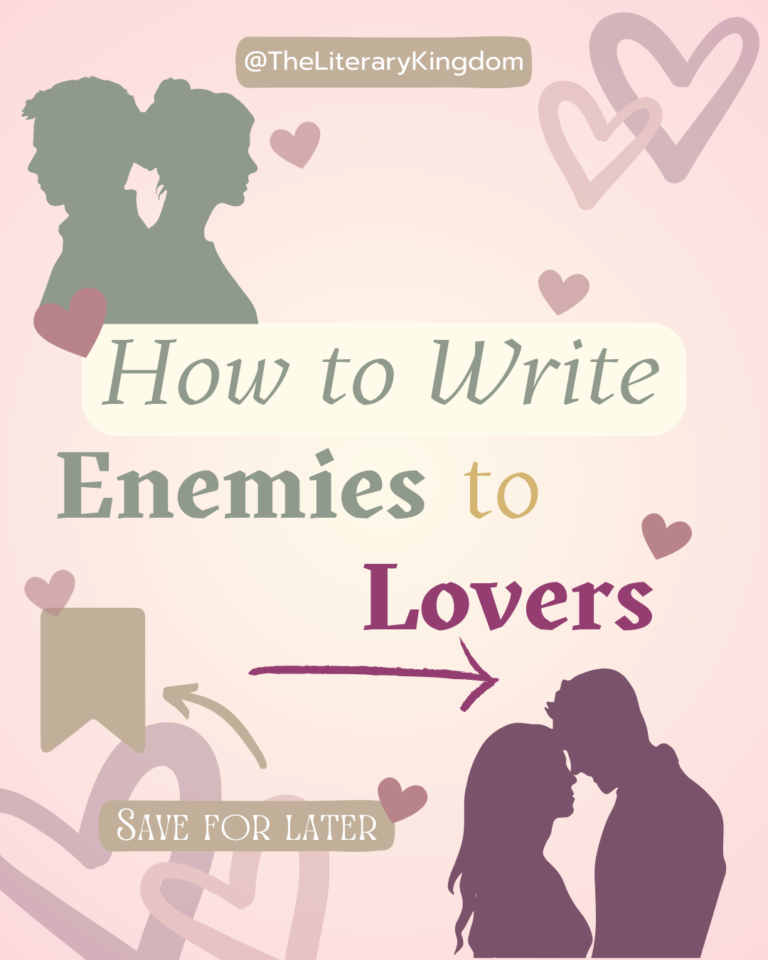
How to Brainstorm Ideas for Your Story
If you consciously take advantage of your thinking process by gathering your ideas together, you can transform these into new and imaginative stories.
When you feel as if you don’t have any ideas, you’re filled with anxiety, or not feeling inspired, brainstorming can stir up your ideas to get you started. If, however, you feel you have too many ideas and they’re chaotic and need ordering, brainstorming forces your random thoughts onto the page, giving you something concrete you can rearrange.
Freewriting
Freewriting is a writing exercise where you give yourself space and time to let your thoughts flow freely. The idea is to write continuously without stopping or worrying about grammar, spelling or structure. You don’t judge the quality of what you write, and you don’t try to stay on topic. The goal is to let your ideas emerge without self-censorship. It’s a great activity to use to overcome writer’s block, generate ideas and explore different topics or themes.
Typically, you set a timer for 10 or 20 minutes and write whatever comes to mind. You can write for as long as you like, but you should give yourself time to get into the flow of writing and you stop before you become distracted or uncomfortable. Only when your timer goes off do you read back over your work.
You may find you have written a lot which you cannot use, but there will also be small gems, new ideas, a different perspective, or an unusual take on a theme; when you find these, highlight them to refer back to.
This freewriting activity is especially good for overcoming perfectionism and allowing for more authentic expression.
Mind mapping
Mind mapping is a visual technique used to organise information or ideas. It is a graphical representation which begins with the central idea or topic, and from there, branches out into related subtopics, thoughts or keywords. These branches further extend into more detailed sub-branches, creating a network of connected ideas – you can have as many branches off of your branches as you like.
The advantages of this brainstorming technique are that it encourages non-linear thinking and helps in visualising relationships between ideas.
Mind mapping is not only helpful for brainstorming ideas but also for note-taking, problem-solving, and planning and organising.
Listing
In this technique, you jot down a list of words or phrases on a particular topic. The title for your list may be the title of your story, your character’s name, or the setting for your story. And you could write down your plot, your character’s characteristics, and the things you want to include in your story in relation to the plot.
Journalistic Questions
In this technique, you would use the “big six” questions that journalists rely on to do in-depth research on a story. These begin: Who? What? When? Where? Why? And How?
Write each question word on a sheet of paper, then write out some sentence in answer.
For example:
Who is my main character?
The main character is a 16-year-old boy called James.
What is James’s story?
James’s sister recently went missing, and he is determined to find her.
When does the story take place?
It’s the summer of 1939.
Where is the story set?
The story is set in a small village in the country.
Why does James decide to look for his sister?
James does not believe that his sister has died, as the police have advised possible.
How does James look for his sister?
Using the information from the police, the press and his parents, and combining this with his knowledge of the village, his sister and the events that occurred before her disappearance, James begins his search.
Storyboarding
Storyboarding is a technique often used in film, comics, or planning out scenes for creative writing.
In the context of creative writing, begin by visualising scenes. Each scene will be represented by an image. Storyboarding allows you to structure these scenes to create a visual timeline, ensuring a coherent and engaging narrative structure. Underneath the image, you can add the chapter title and a brief description. You may also want to add keynotes for dialogue, character emotion, or actions.
The advantage of storyboarding is that it’s a flexible tool allowing you to rearrange scenes.
Character Interviews
Character interviews are a technique used by writers to better understand and develop their fictional characters. It involves imagining a conversation between the writer and the character, where the writer interviews the character who responds based on their personality, experiences and motivations.
Random word or image prompts
This brainstorming technique involves taking a random word or image, or a combination of both, as a starting point for generating ideas.
Take a random word or image and let it trigger associations, thoughts, or connections. When using an image, see if it stirs up any emotions in you which are inspiring.
Ask yourself questions such as, what does this remind me of? How can I incorporate this into a story?
Brainwriting
Brainwriting is a structured brainstorming technique that encourages collaboration in a group setting, without the pressure of verbal communication. In Brainwriting, each person writes down ideas or sentences related to a prompt, then passes their paper to others who ass their own thoughts. The prompts could be related to character development, world-building, or plot twists.
When writing ideas, the room should be quiet and a timer should start for five minutes. When the time is up, pass the paper to the next person. Continue until everyone has written something on each piece of paper. The aim is to build on the ideas already on the paper, so each writer must read what was written before to expand on it.
At the end of this process, the group can discuss the ideas collected.
Visual collage or mood boards
This brainstorming technique creates a visual representation and can combine words, images, textures and small objects, which create a particular mood, theme or atmosphere. In creative writing, they serve as an inspirational tool which visually encapsulates the essence of a character, story, or setting.


